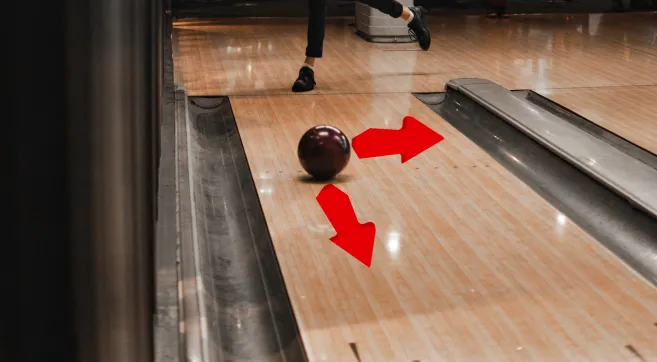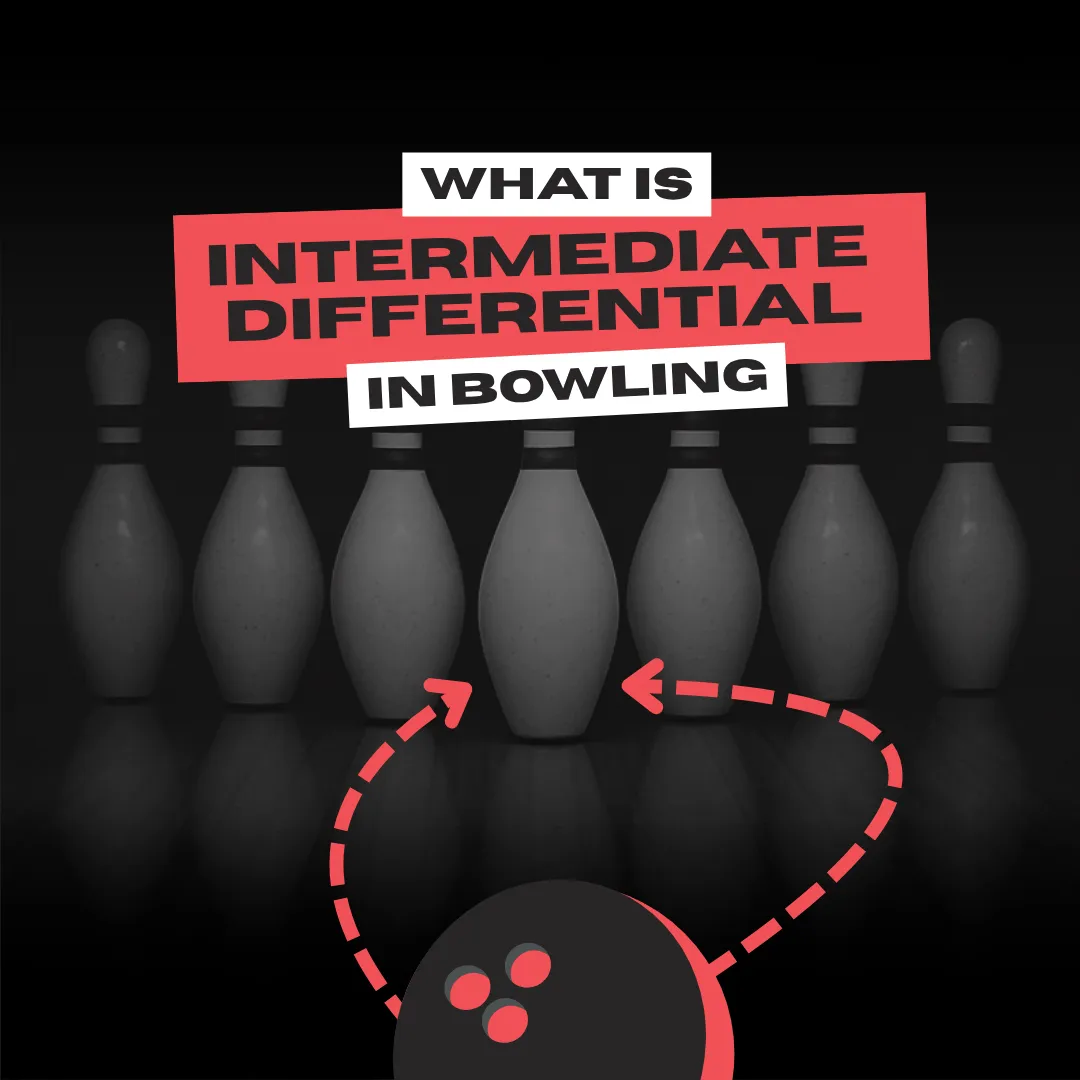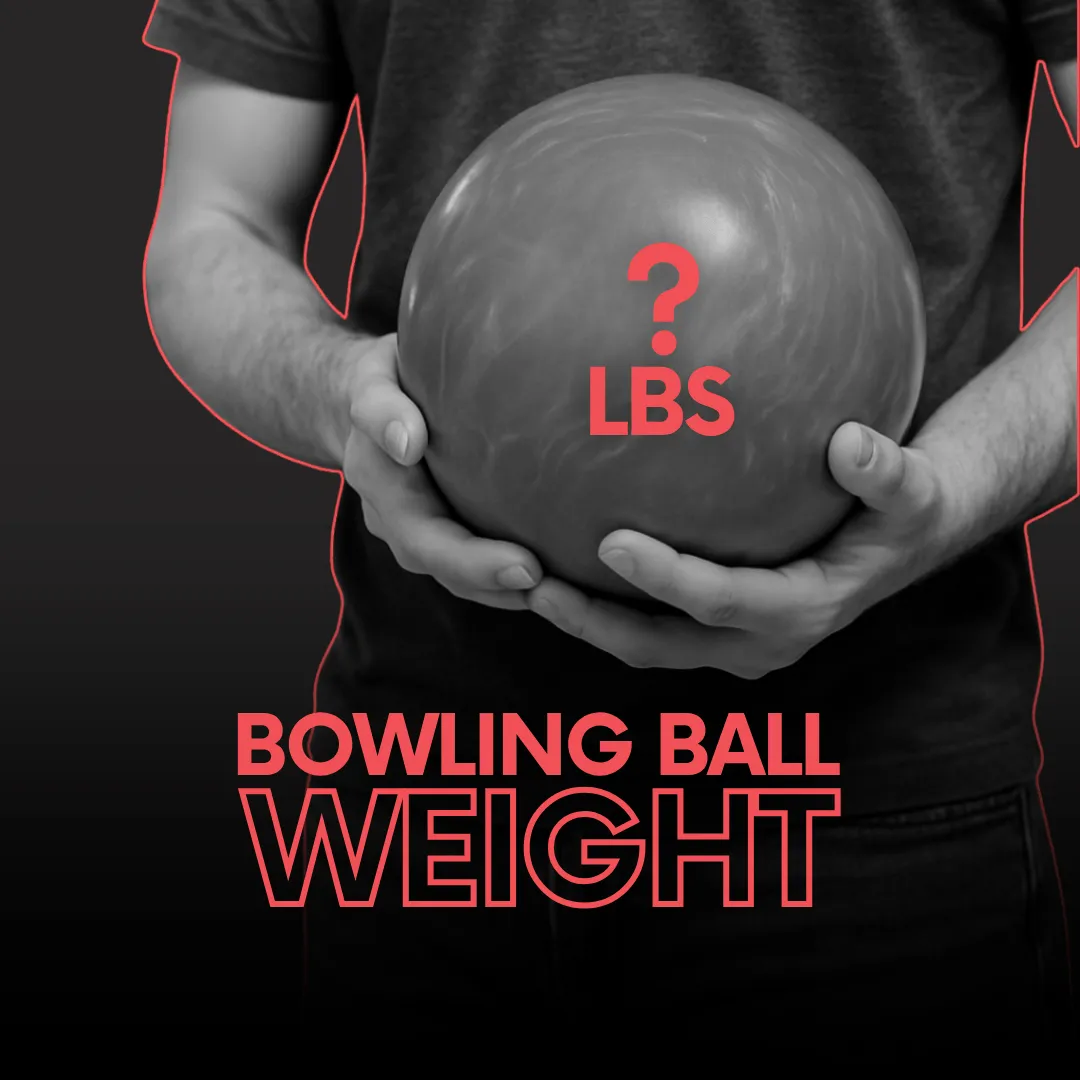Bowling is a sport that requires skill, precision, and an understanding of the mechanics behind ball motion. Two critical factors that greatly influence the path a bowling ball takes down the lane are axis rotation and axis tilt. These two concepts are frequently misinterpreted and misunderstood by many bowlers.
Although it may be a challenging subject, this article aims to provide a fundamental understanding of what Axis Rotation and Axis Tilt are, how they are measured, and the significant impact they have on a bowling ball's trajectory.
Axis Rotation
Axis Rotation refers to the spin applied to a bowling ball during its delivery.
It determines the orientation of the ball's rotation axis as it rolls down the lane. This rotation can be clockwise or counterclockwise and is usually described by a numerical value ranging from 0 to 90 degrees.
Measuring Axis Rotation
Axis Rotation is typically measured by observing the angle at which the ball's core is positioned relative to the horizontal axis.
It can be determined by visual inspection of the ball's track marks or by using advanced tracking systems that analyze ball motion.
Axis Tilt
Axis Tilt refers to the angle at which a bowling ball is tilted on its vertical axis while traveling down the lane.
It is determined by the inclination of the finger and thumb holes relative to the ball's vertical axis. Axis Tilt can range from 0 to 90 degrees and influences the ball's skid, hook potential, and overall motion.
Measuring Axis Tilt
Axis Tilt can be measured by examining the angle formed between the ball's track and the horizontal axis.
Similarly to Axis Rotation, this can be done visually or with the help of tracking systems that capture ball motion data.
Effects of Axis Rotation and Axis Tilt on Ball Motion
-
Hook Potential. Axis Rotation plays a significant role in the amount
of hook or curve a bowling ball generates. A higher degree of rotation will
create a more aggressive hook pattern, making the ball curve earlier and
cover more boards on the lane. Conversely, a lower rotation will result in a
more subtle hook.
-
Length of Slide. Axis Tilt affects the length of the ball's slide
before it begins to hook. A higher tilt angle reduces the ball's contact
with the lane surface, allowing it to skid for a longer distance.
Conversely, a lower tilt angle increases friction, causing the ball to start
hooking earlier.
-
Ball Path Variation. Combining Axis Rotation and Axis Tilt allows
bowlers to manipulate the ball's path down the lane. Skillful manipulation
of these factors can help bowlers adapt to changing lane conditions and
increase their chances of hitting the pocket consistently.
- Pin Carry. Optimal Axis Rotation and Axis Tilt can improve pin carry, which refers to the ability of the ball to knock down pins effectively. By adjusting the ball's rotation and tilt, bowlers can optimize pin entry angles and maximize pin carry potential.
Axis Rotation and Axis Tilt are essential aspects of understanding ball motion
in bowling. They influence the hook potential, length of slide, ball path
variation, and pin carry.
By mastering these concepts and making the necessary
adjustments, bowlers can enhance their overall performance and adapt to
different lane conditions.
Understanding the interplay between Axis Rotation,
Axis Tilt, and lane dynamics can truly elevate a bowler's game to new levels
of precision and consistency.





